The Online Advertising Market is currently characterized by intense competition and rapid evolution, driven by technological advancements and shifting consumer behaviors. Major players such as Google (US), Meta (US), and Amazon (US) are at the forefront, leveraging their vast data ecosystems to enhance targeting and personalization. Google (US) continues to innovate with its advertising solutions, focusing on integrating artificial intelligence to optimize ad placements and improve user engagement. Meanwhile, Meta (US) is emphasizing immersive advertising experiences through augmented reality, aiming to capture the attention of younger demographics. Amazon (US) is strategically expanding its advertising services, capitalizing on its e-commerce platform to offer targeted ads that drive sales conversions, thereby reshaping the competitive landscape.
The competitive structure of the Online Advertising Market appears moderately fragmented, with a few dominant players exerting substantial influence. Companies are increasingly adopting tactics such as localized advertising strategies and supply chain optimization to enhance their market presence. This fragmentation allows for niche players to emerge, yet the collective power of the key players shapes the overall market dynamics, often setting trends that smaller companies follow.
In August 2025, Google (US) announced the launch of its new AI-driven advertising platform, which aims to provide advertisers with real-time insights and predictive analytics. This strategic move is likely to enhance the effectiveness of ad campaigns, allowing businesses to allocate their budgets more efficiently. By harnessing machine learning, Google (US) positions itself as a leader in the integration of technology within advertising, potentially setting a new standard for the industry.
In September 2025, Meta (US) unveiled its latest initiative focused on sustainability in advertising, introducing eco-friendly ad formats that reduce carbon footprints. This initiative not only aligns with global sustainability trends but also appeals to environmentally conscious consumers. By prioritizing sustainability, Meta (US) may strengthen its brand loyalty and differentiate itself in a crowded market, reflecting a growing trend among consumers who favor brands with a commitment to environmental responsibility.
In July 2025, Amazon (US) expanded its advertising capabilities by acquiring a data analytics firm, enhancing its ability to offer targeted advertising solutions. This acquisition is strategically significant as it allows Amazon (US) to refine its ad offerings, providing advertisers with deeper insights into consumer behavior. Such moves indicate a trend towards consolidation in the market, where larger players seek to bolster their capabilities through strategic acquisitions, thereby increasing their competitive edge.
As of October 2025, the Online Advertising Market is witnessing a shift towards digitalization, with an increasing emphasis on AI integration and sustainability. Strategic alliances among companies are becoming more prevalent, as firms collaborate to enhance their technological capabilities and market reach. The competitive differentiation is likely to evolve, moving away from traditional price-based competition towards innovation, technological advancement, and supply chain reliability. This transition suggests that companies that prioritize these aspects will be better positioned to thrive in the dynamic landscape of online advertising.


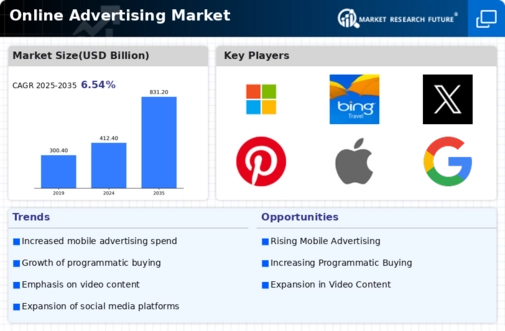
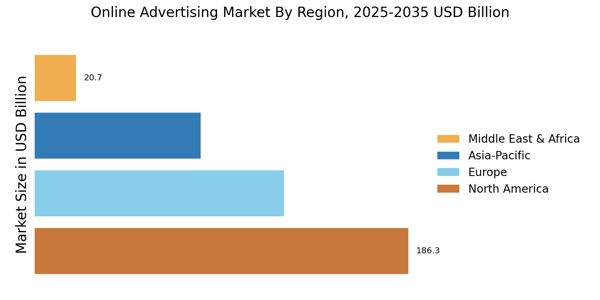
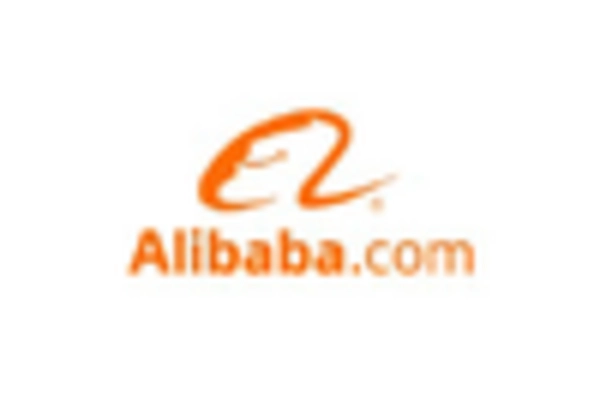

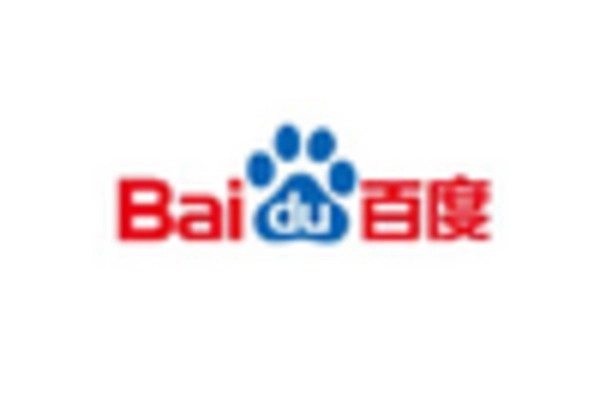

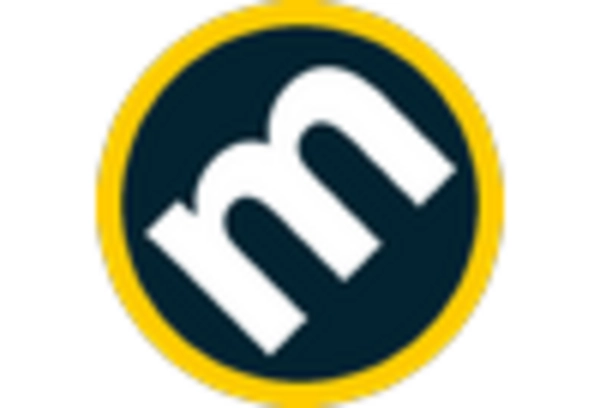









Leave a Comment